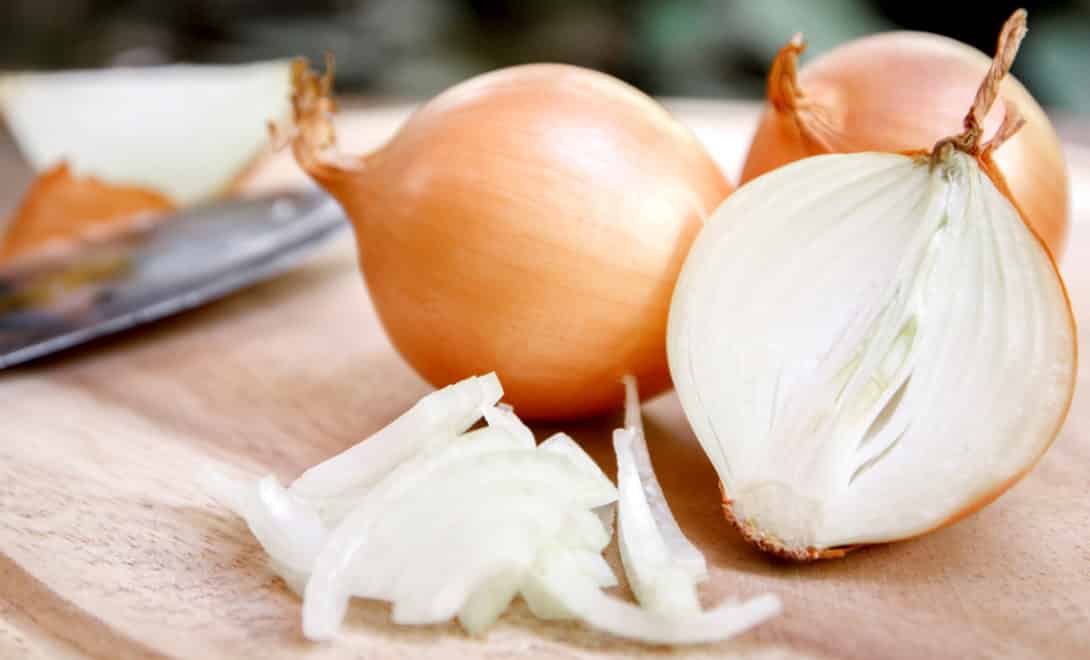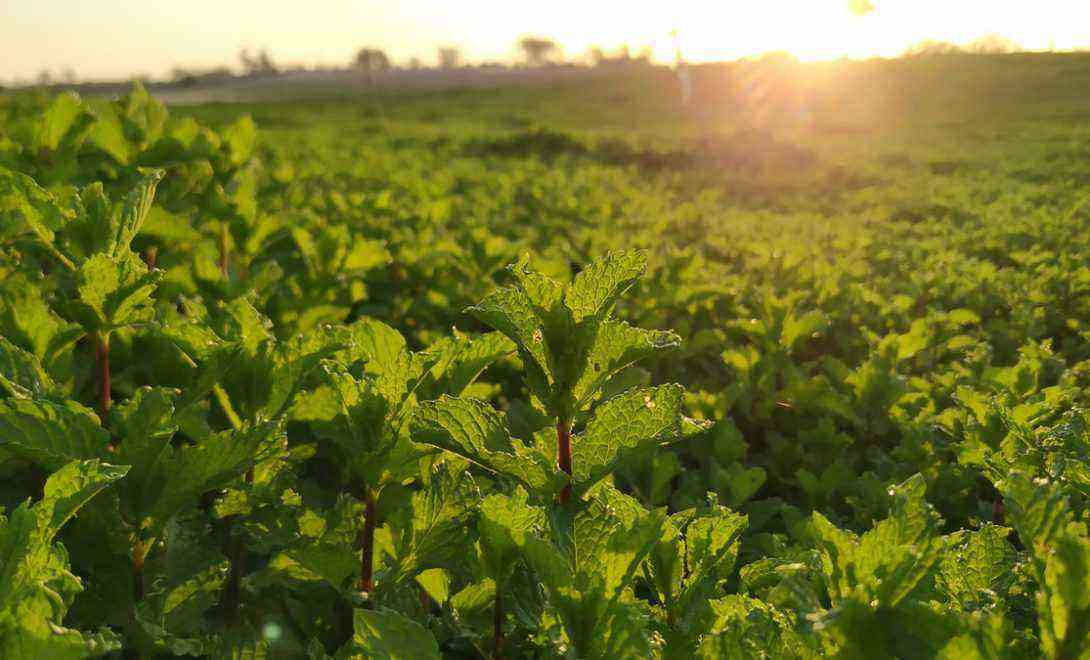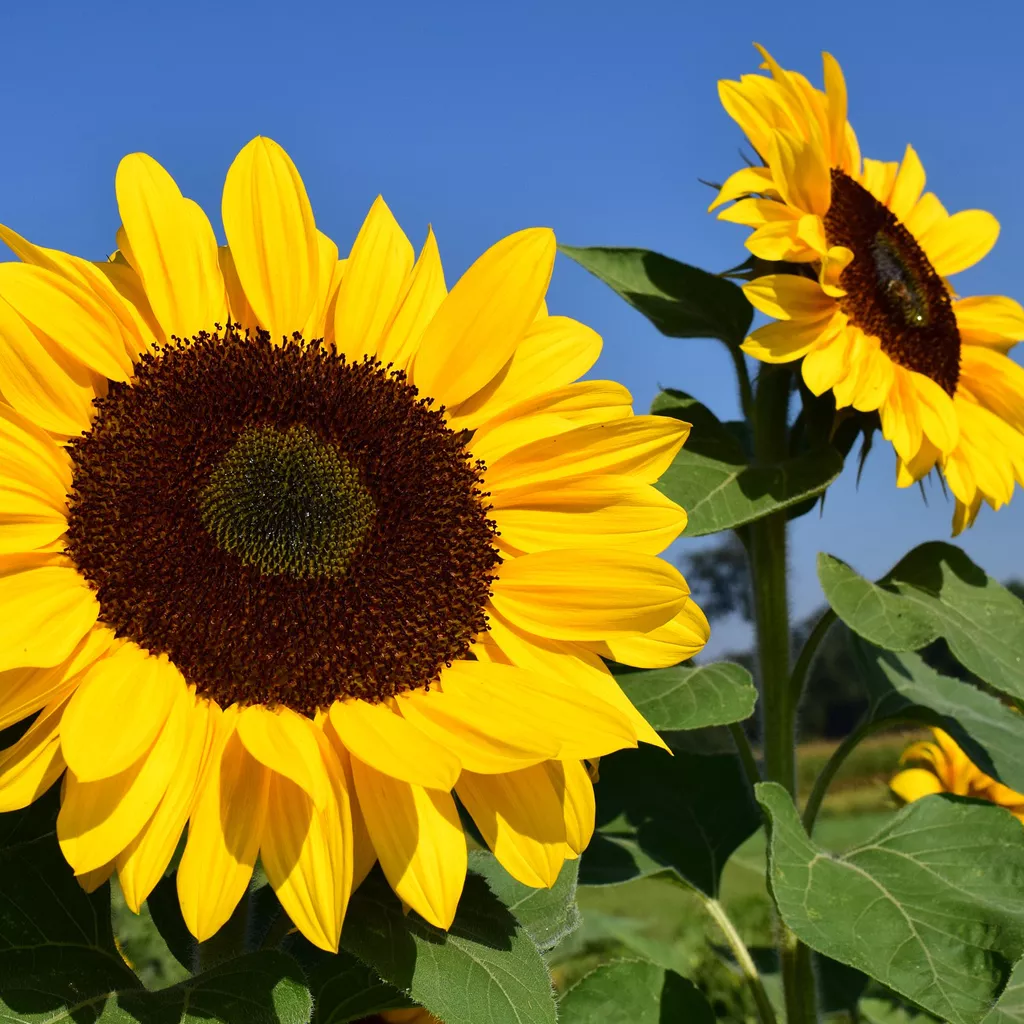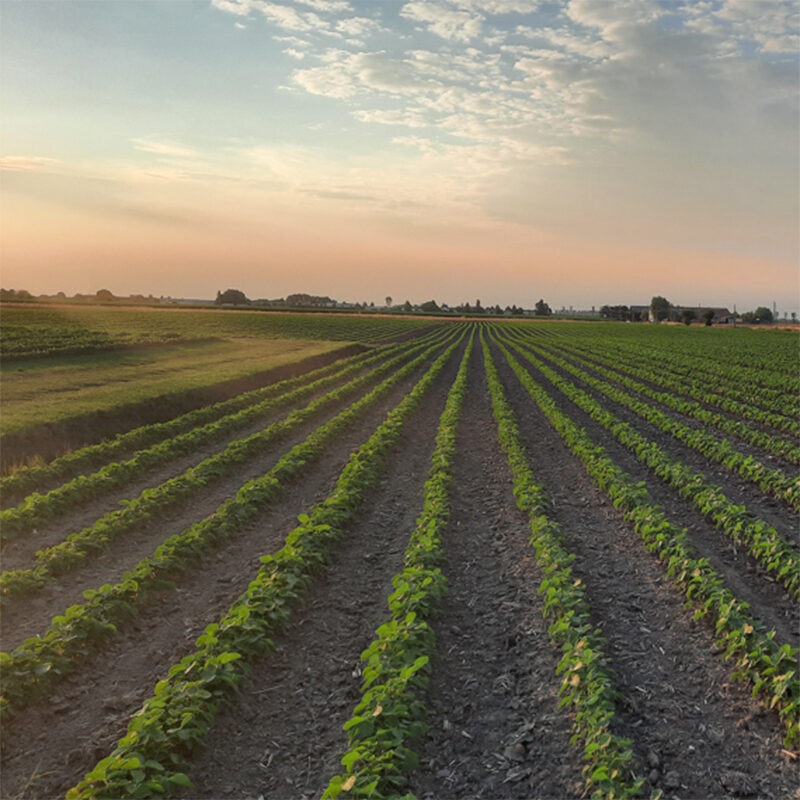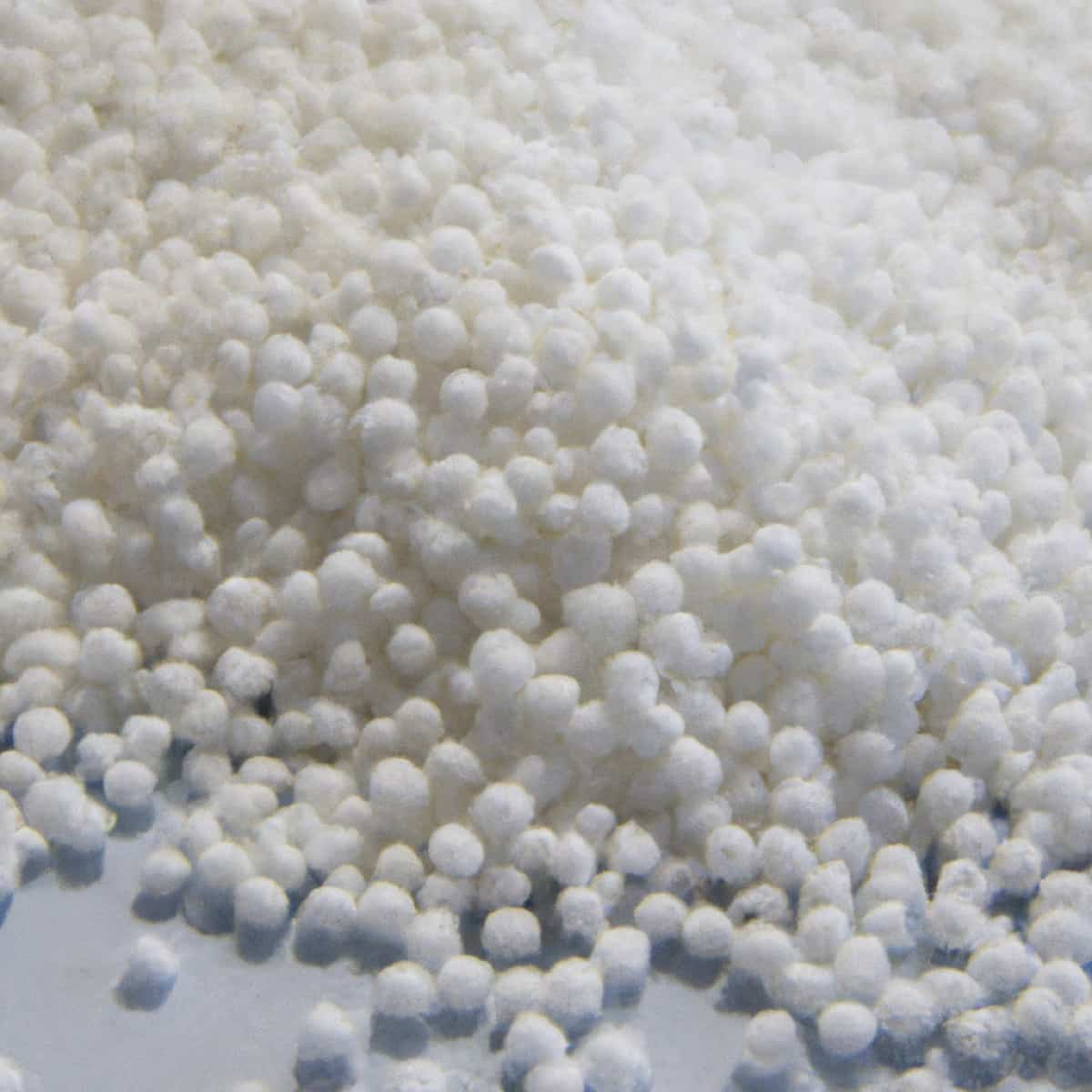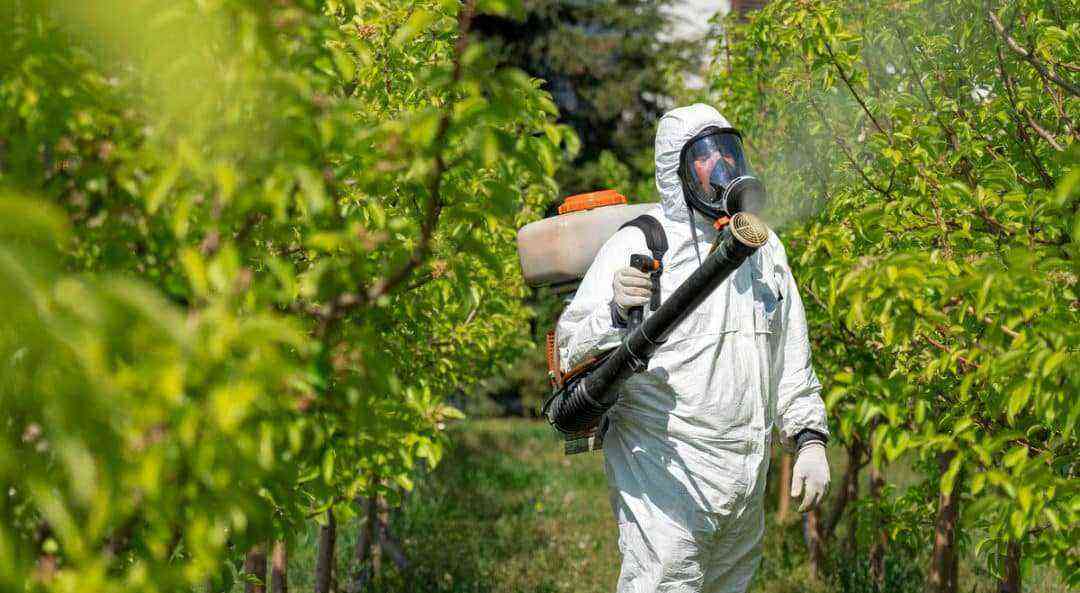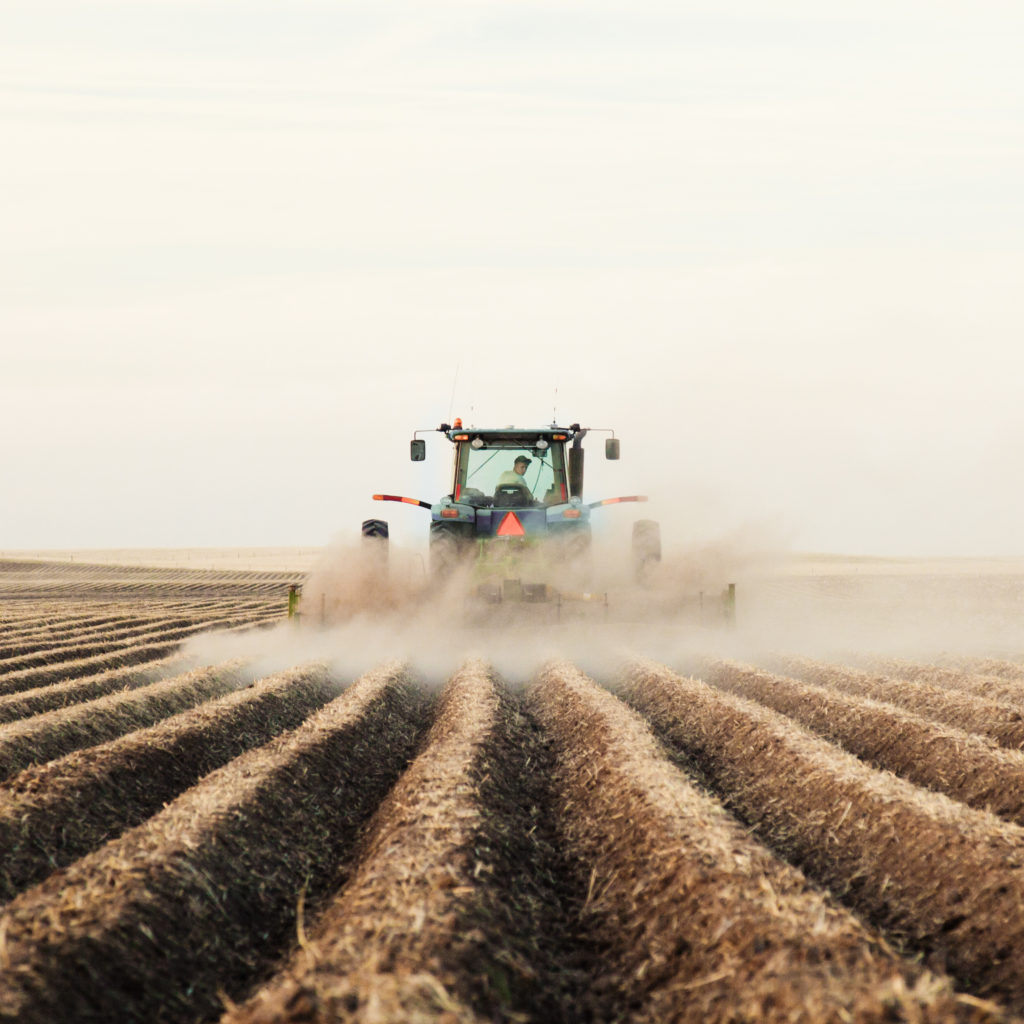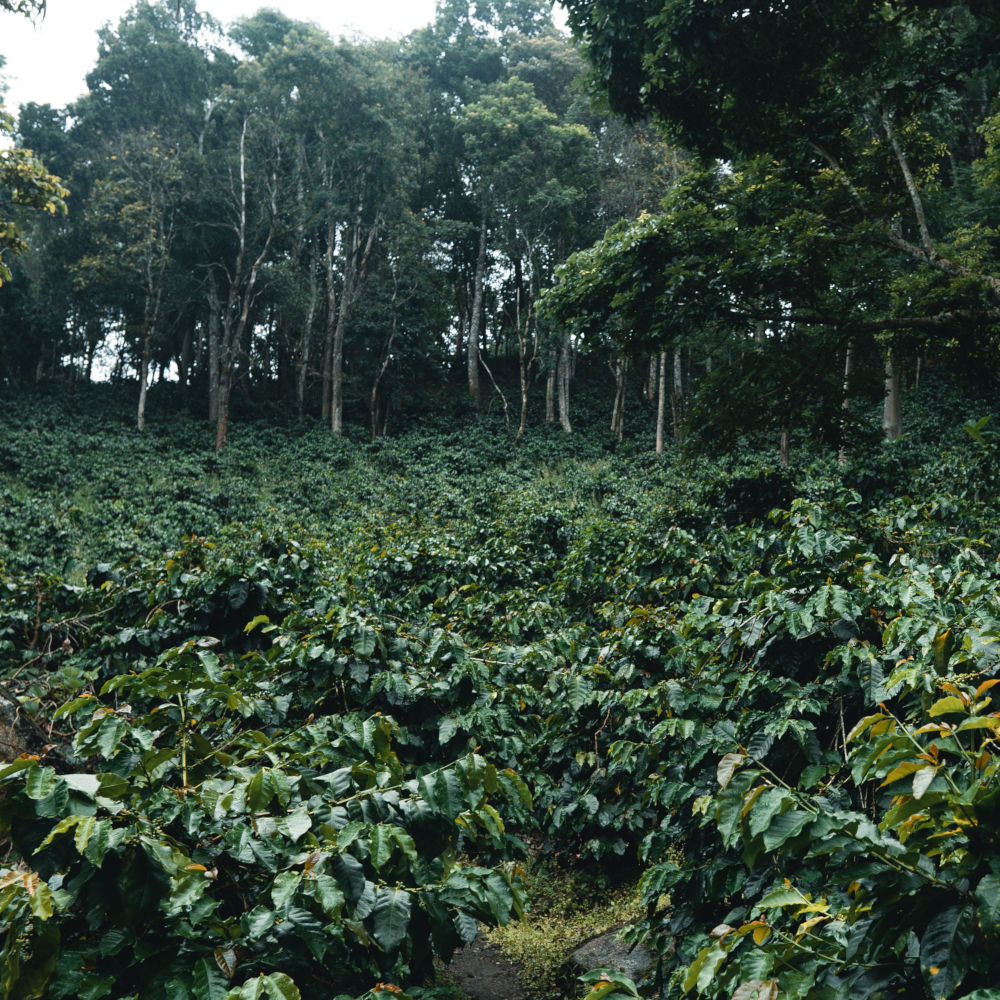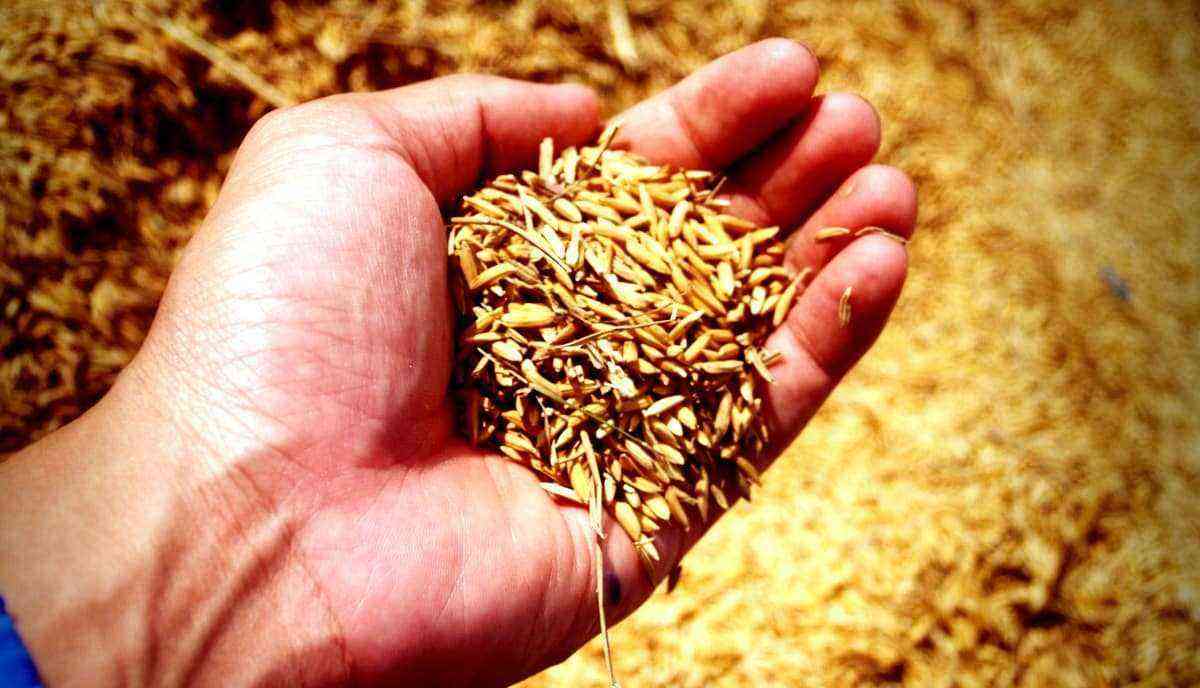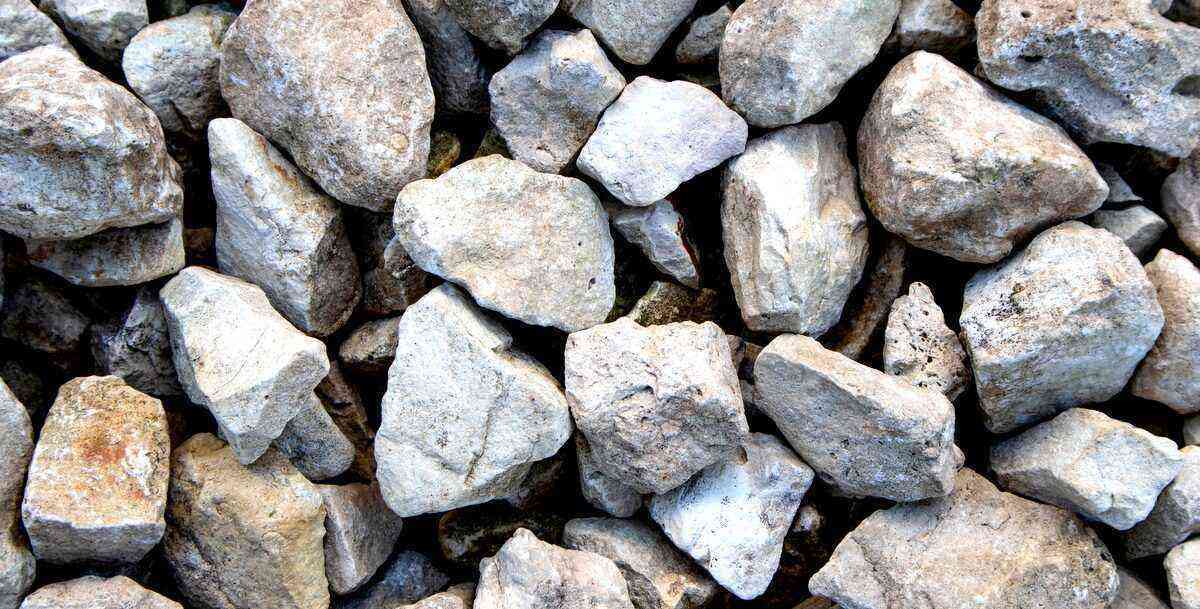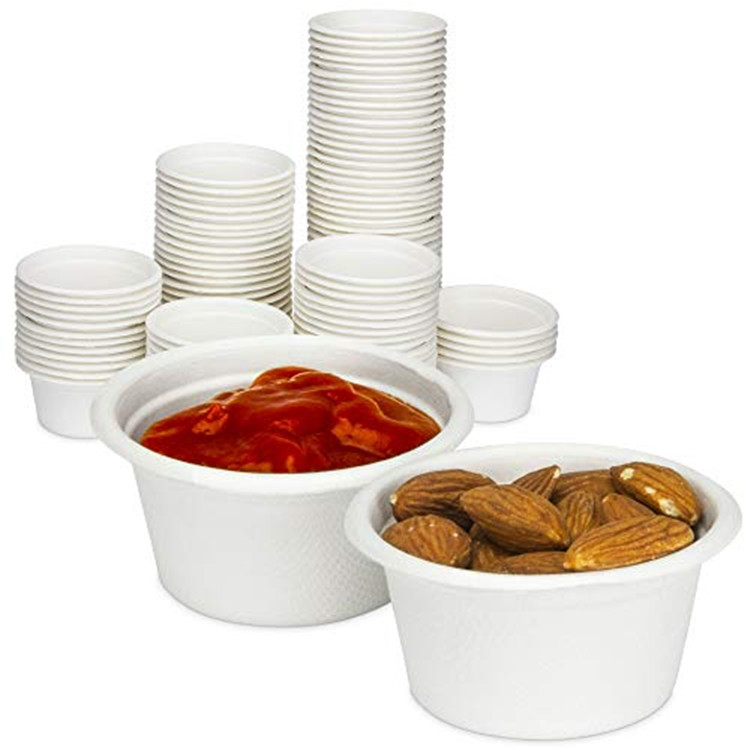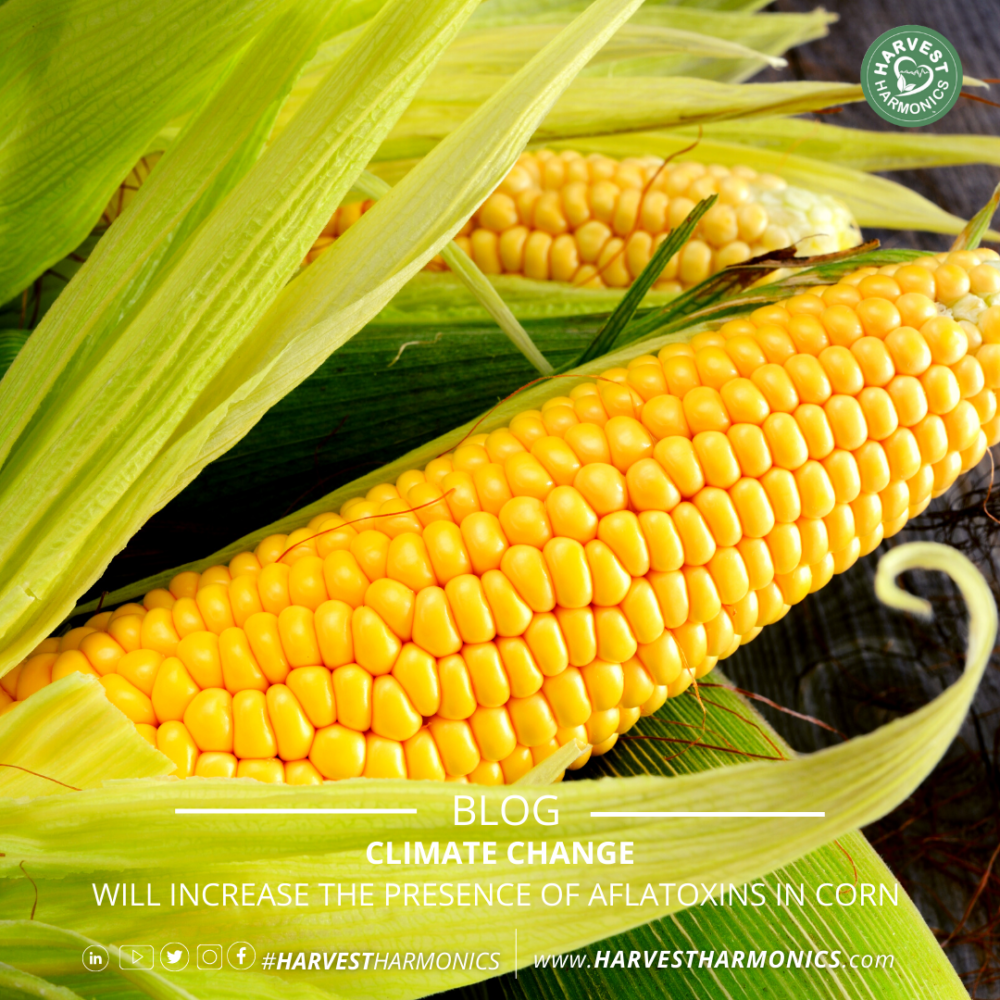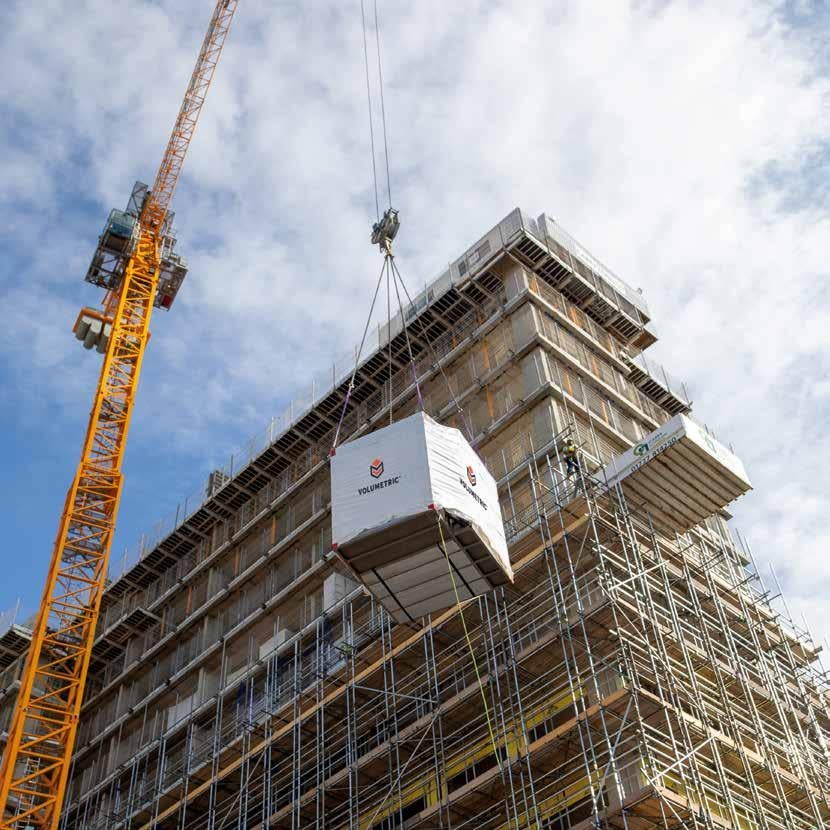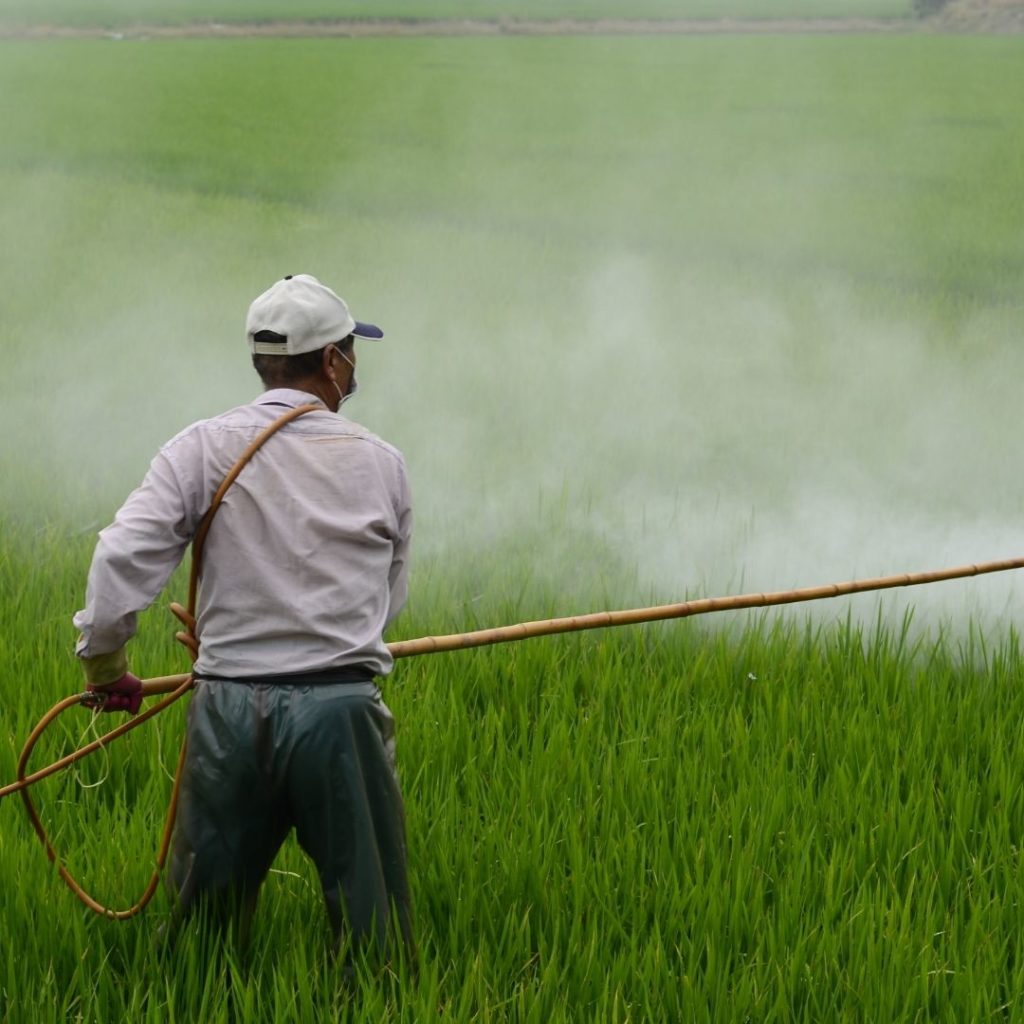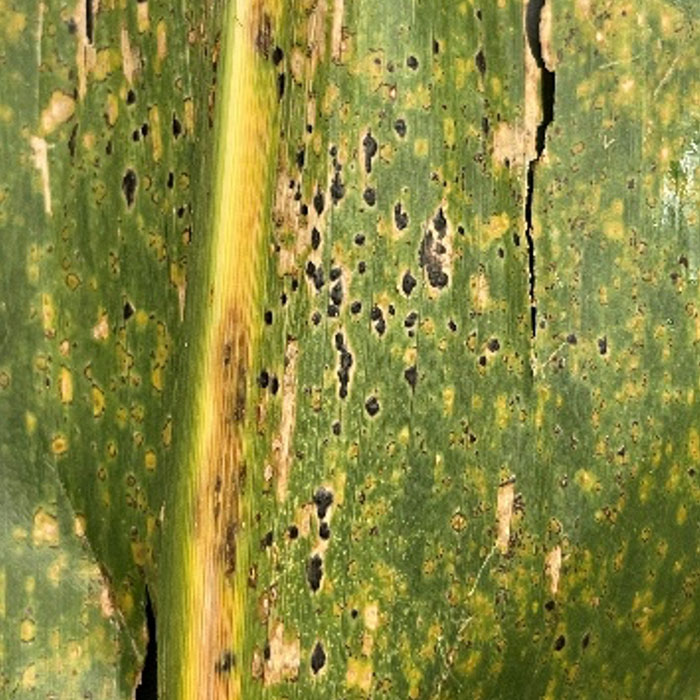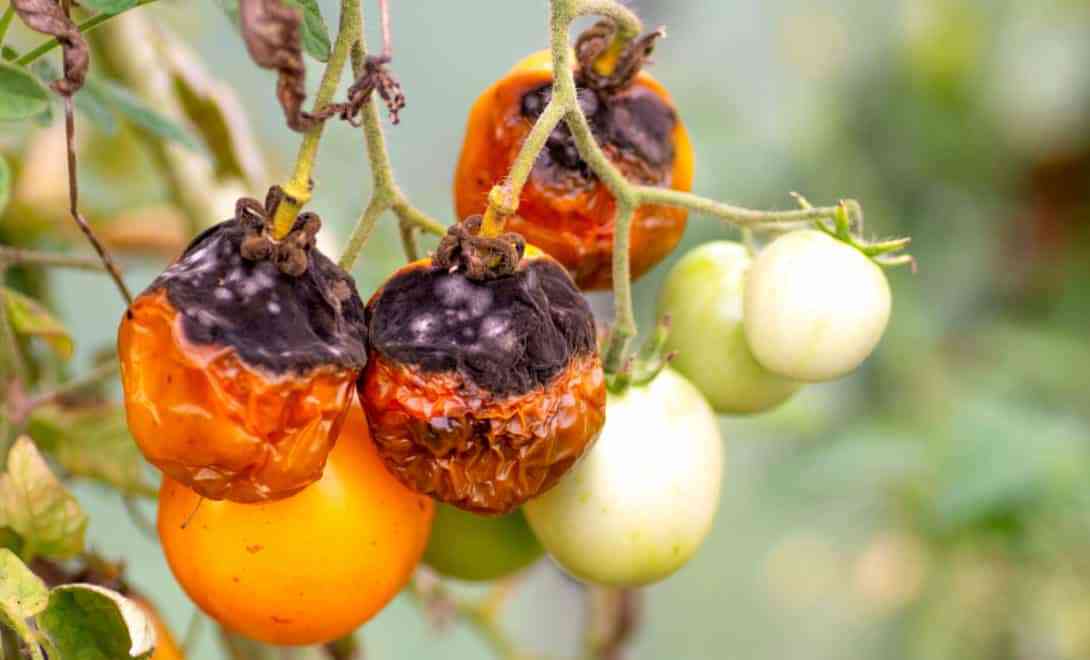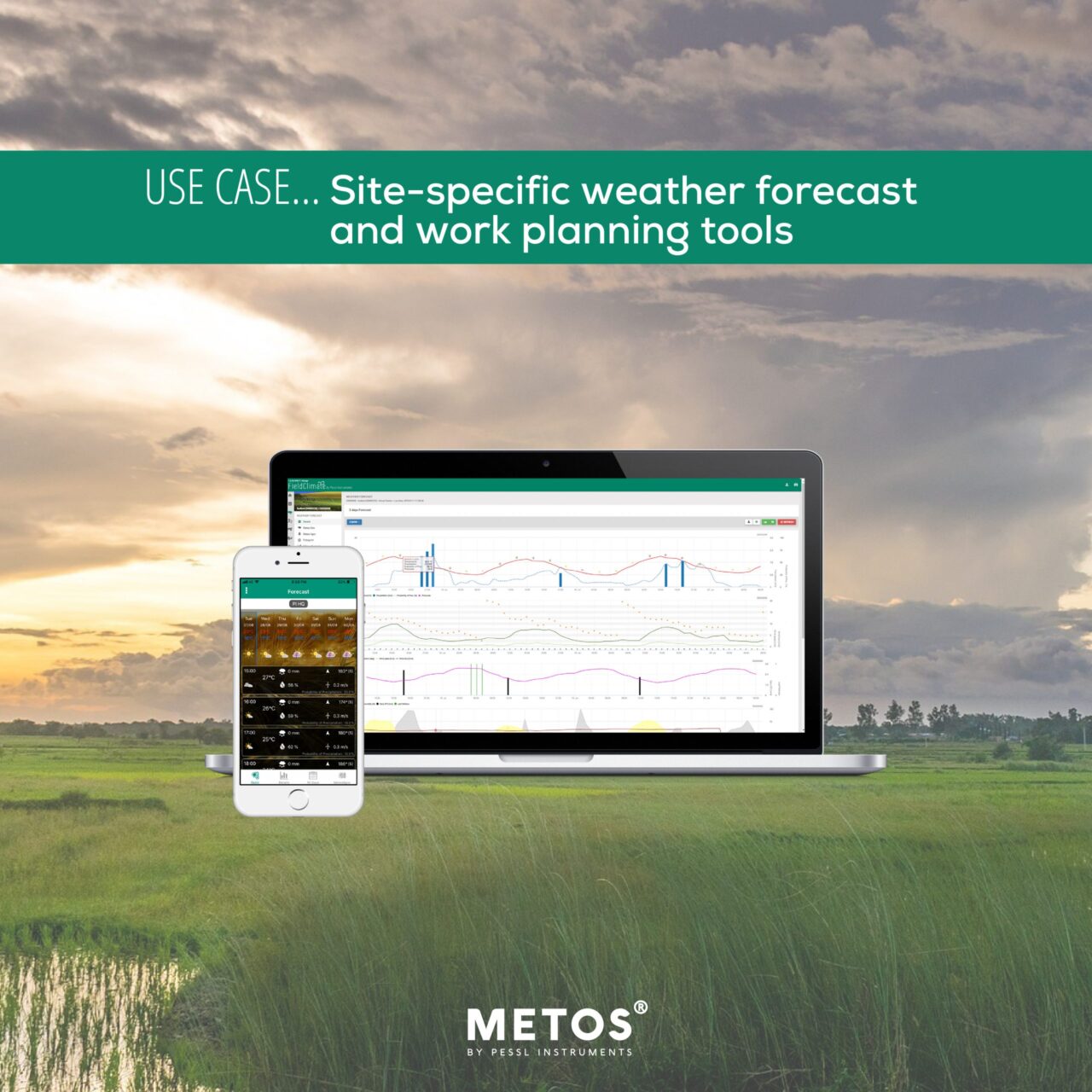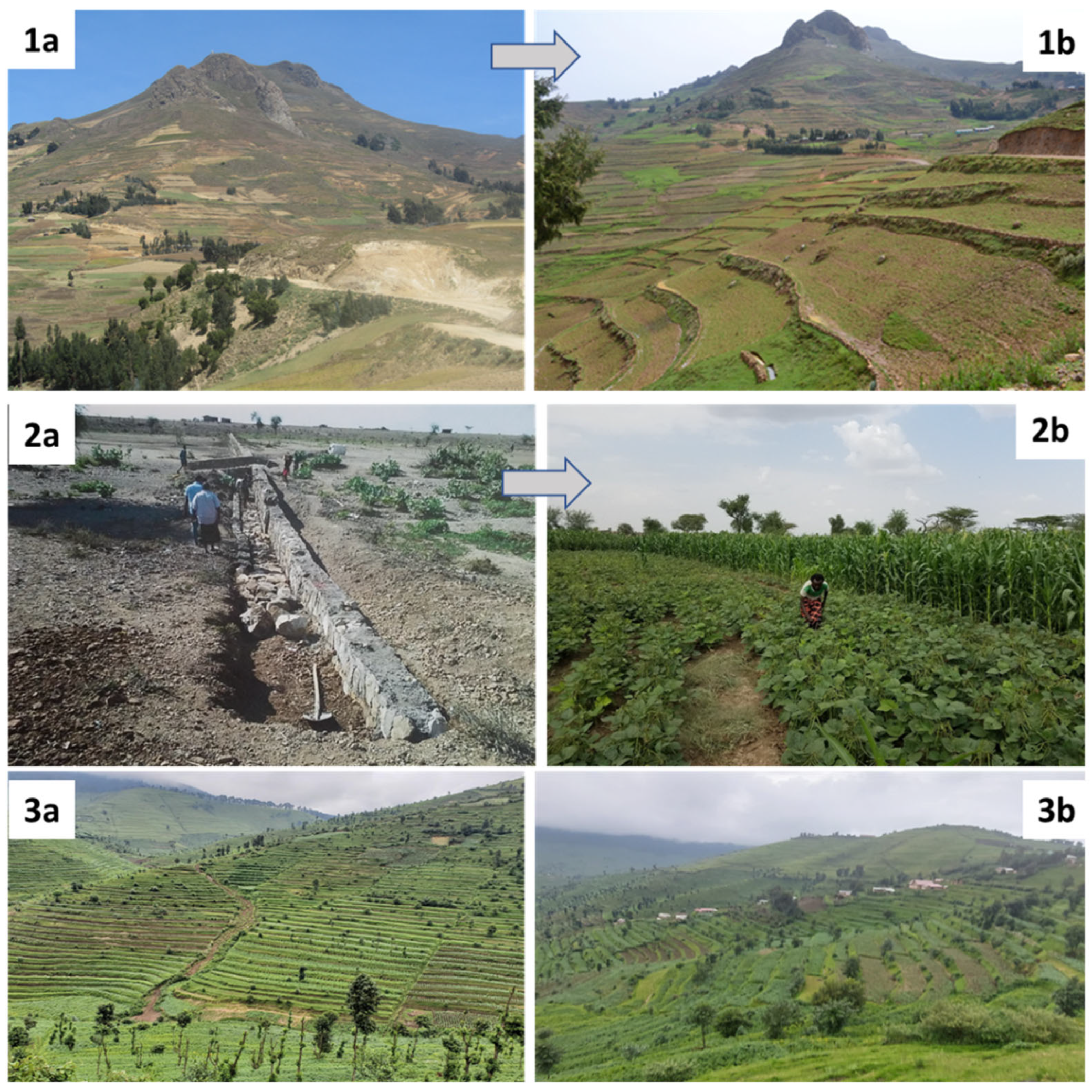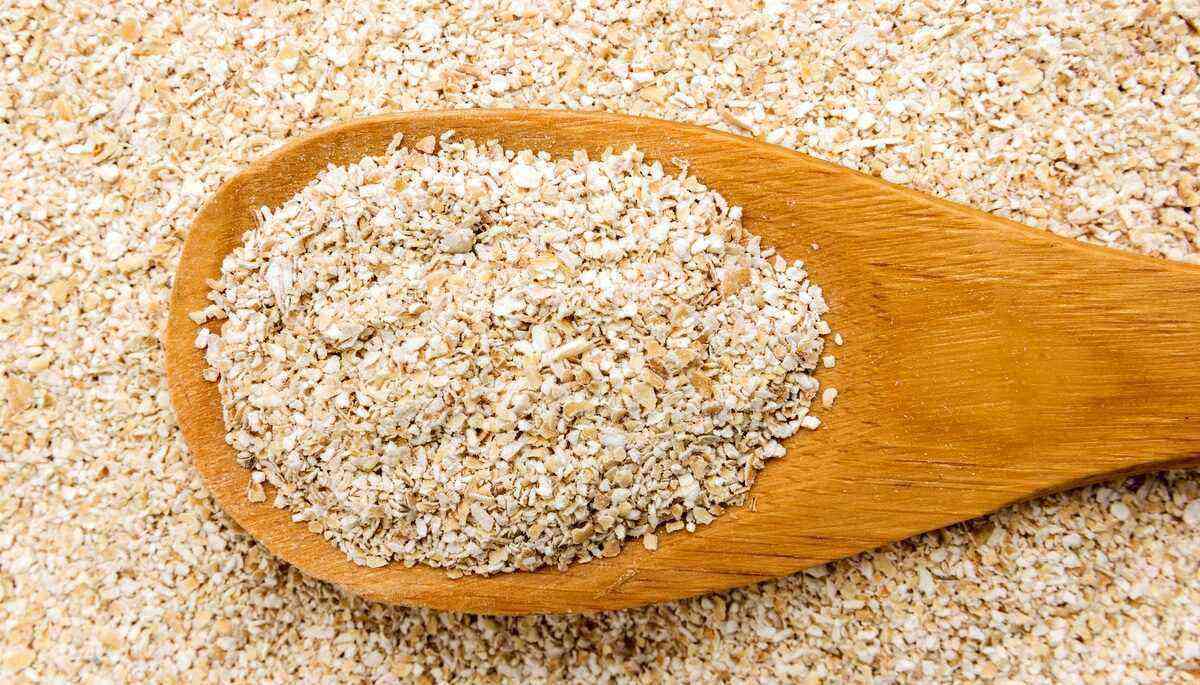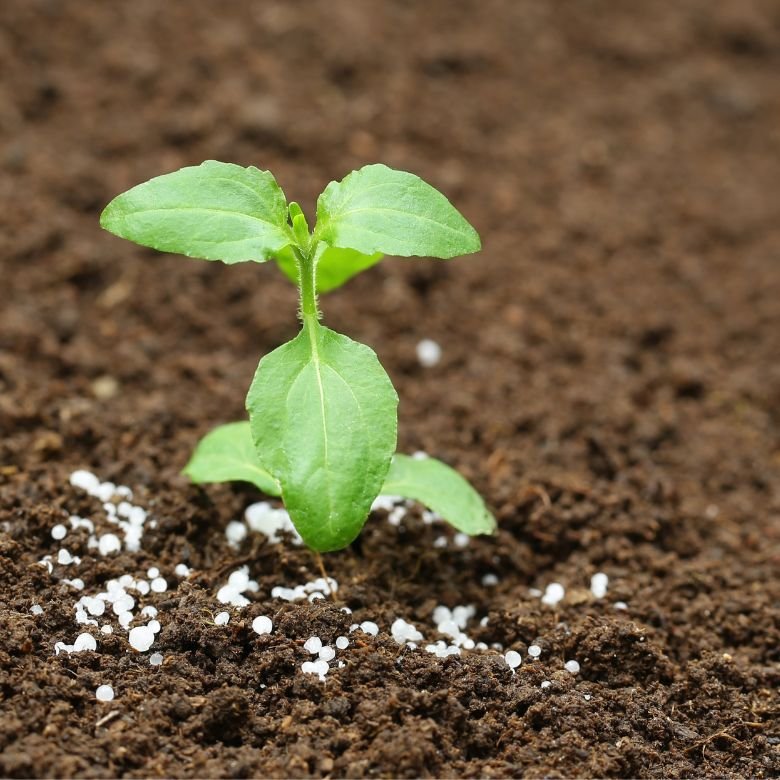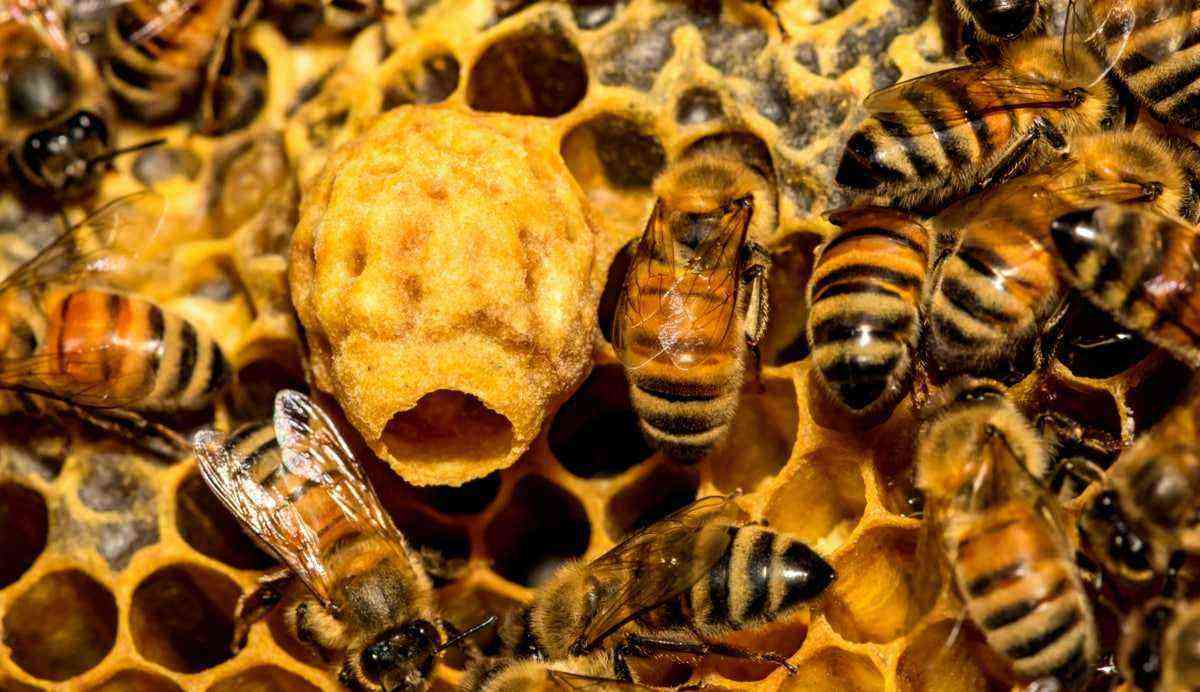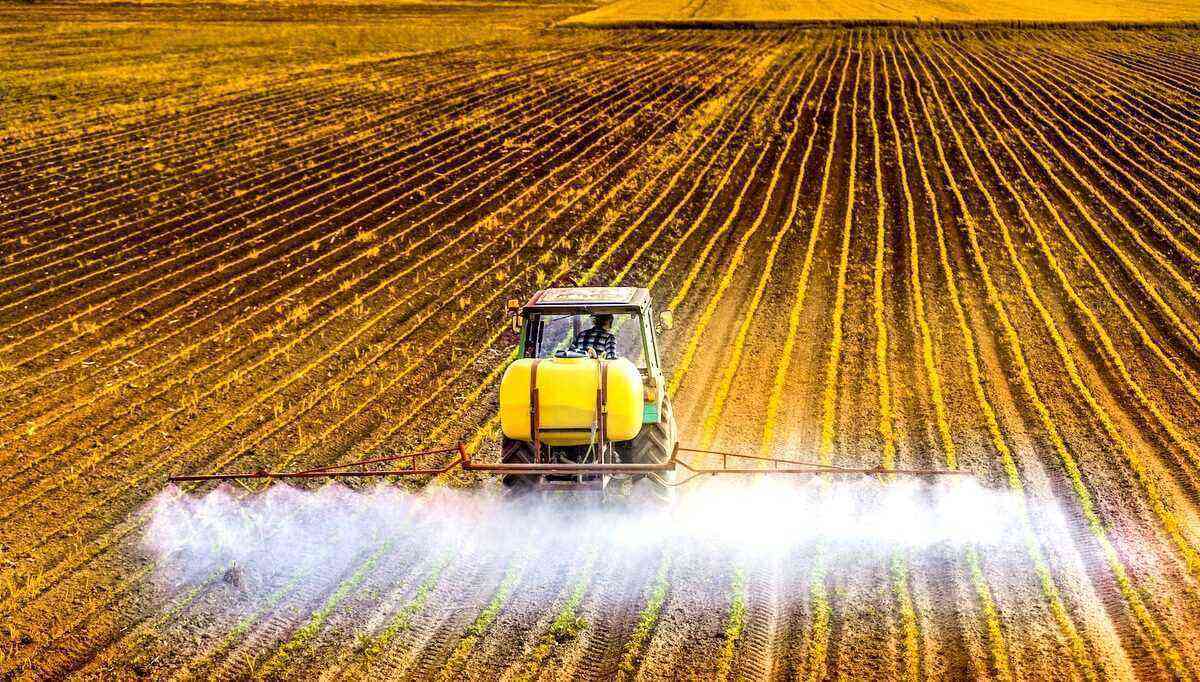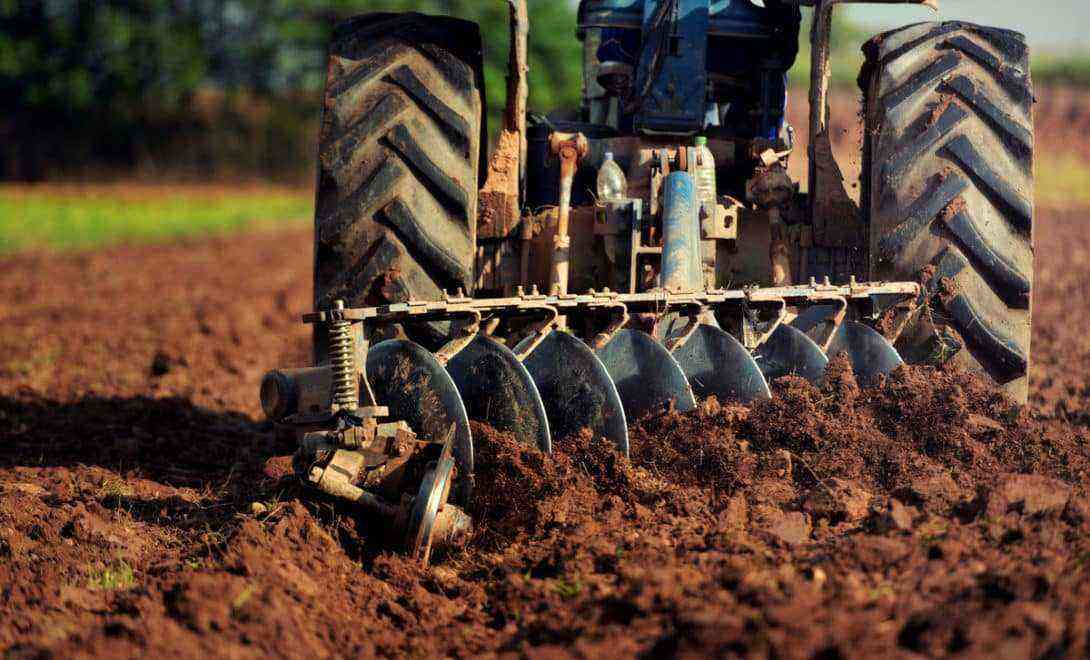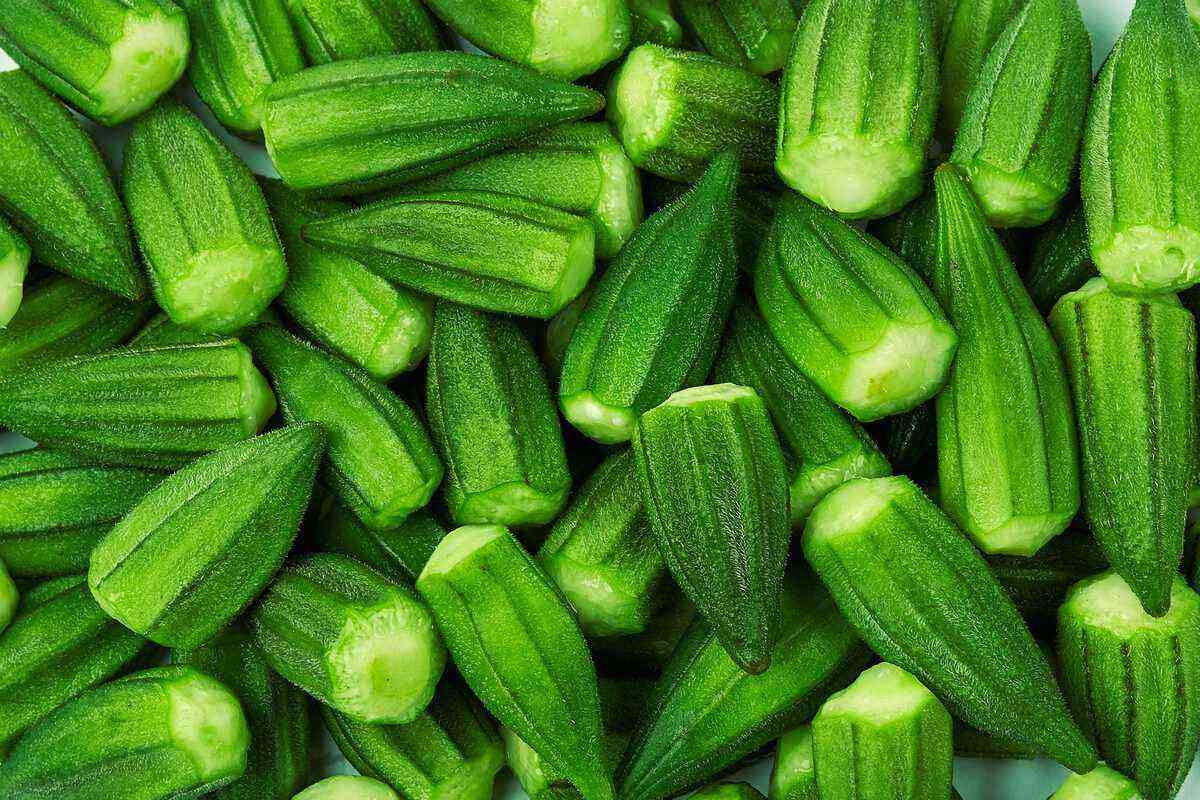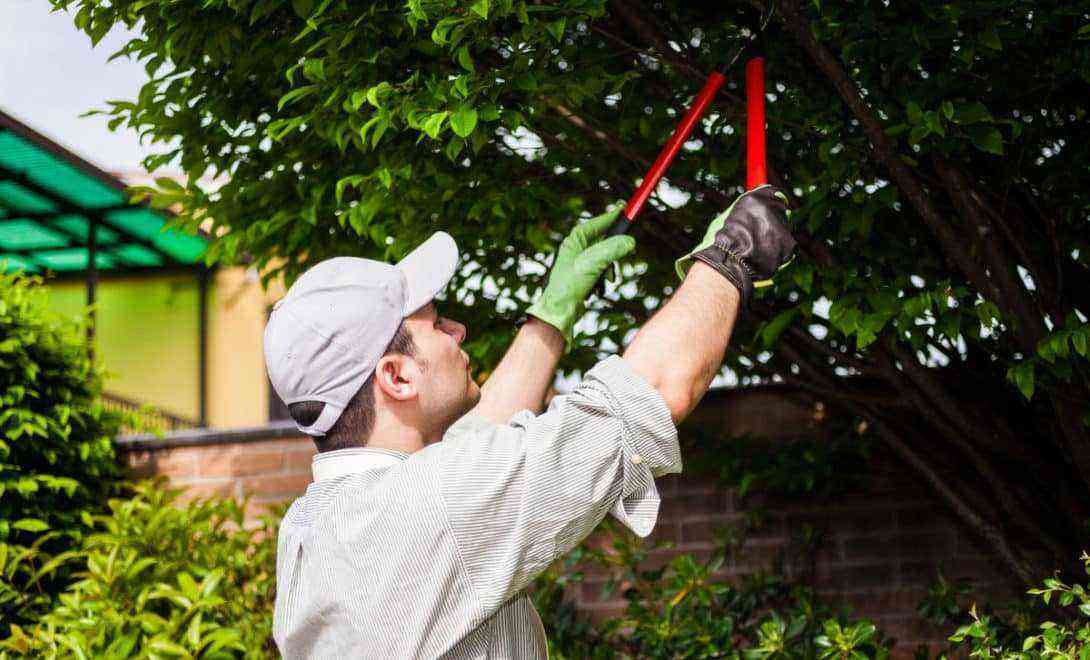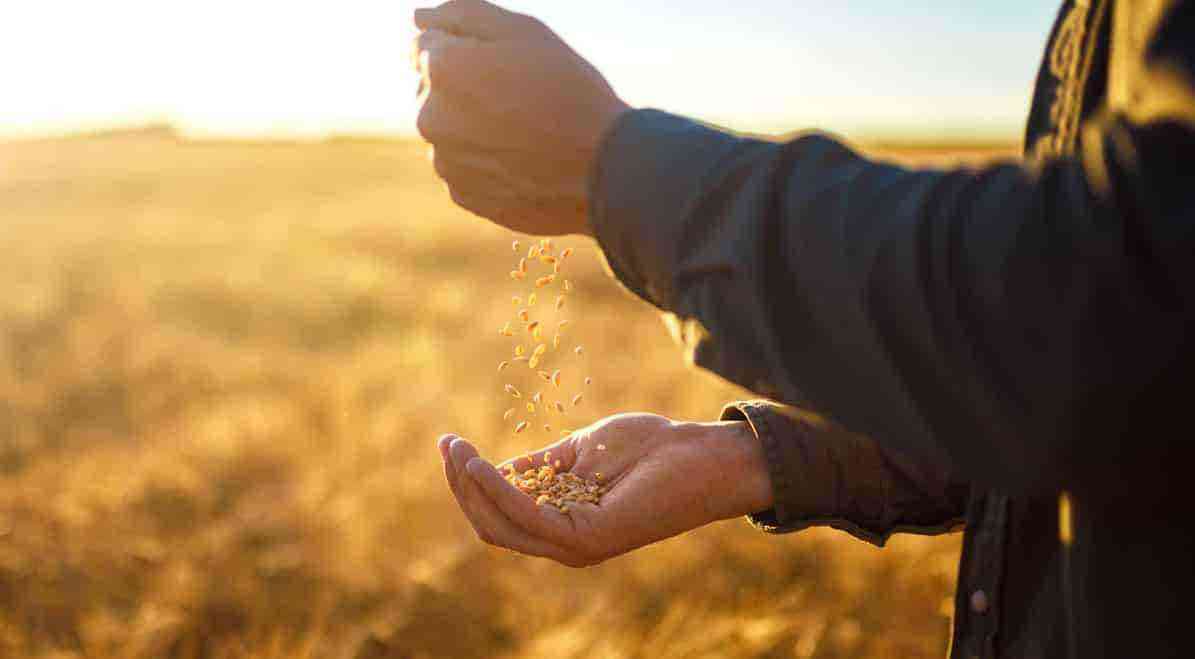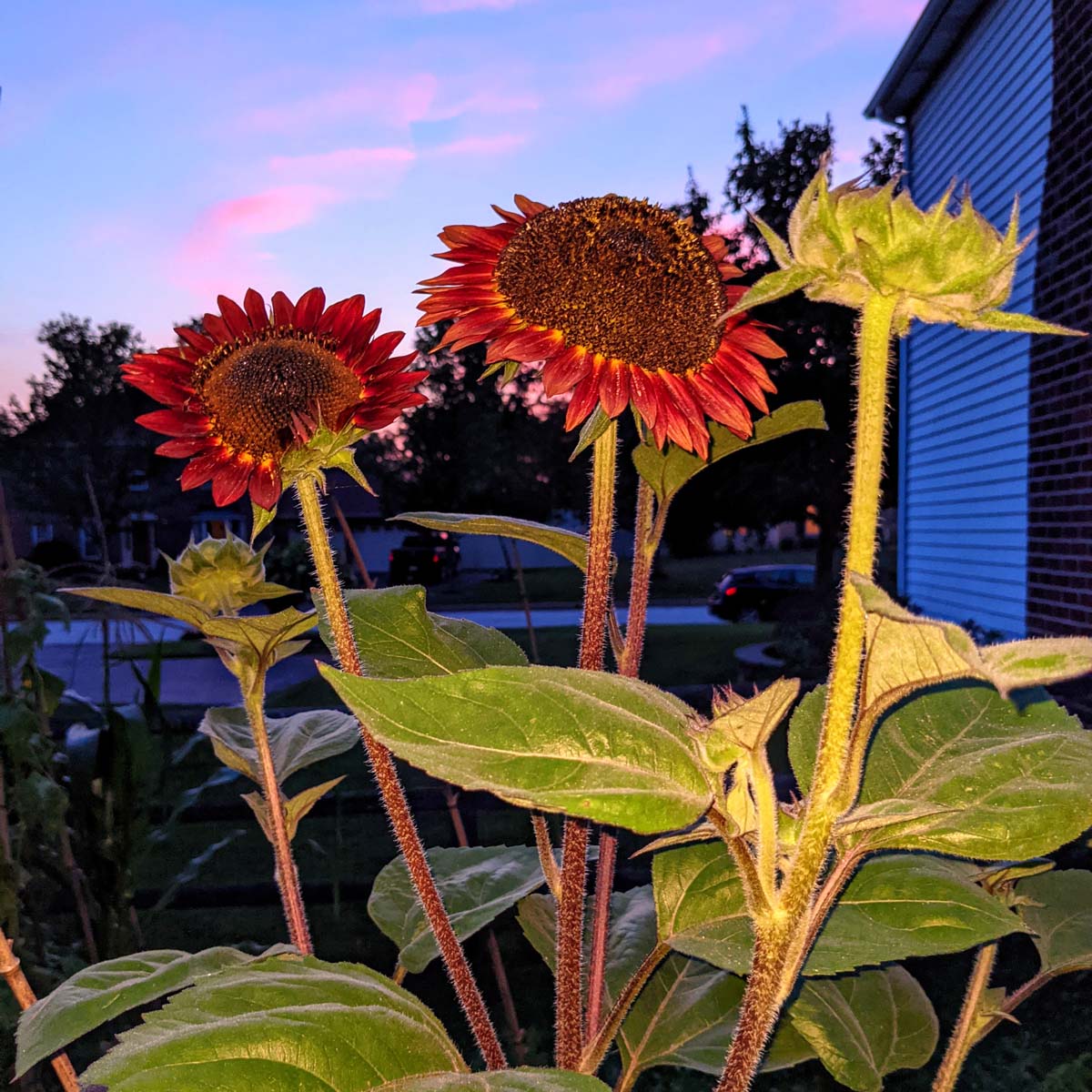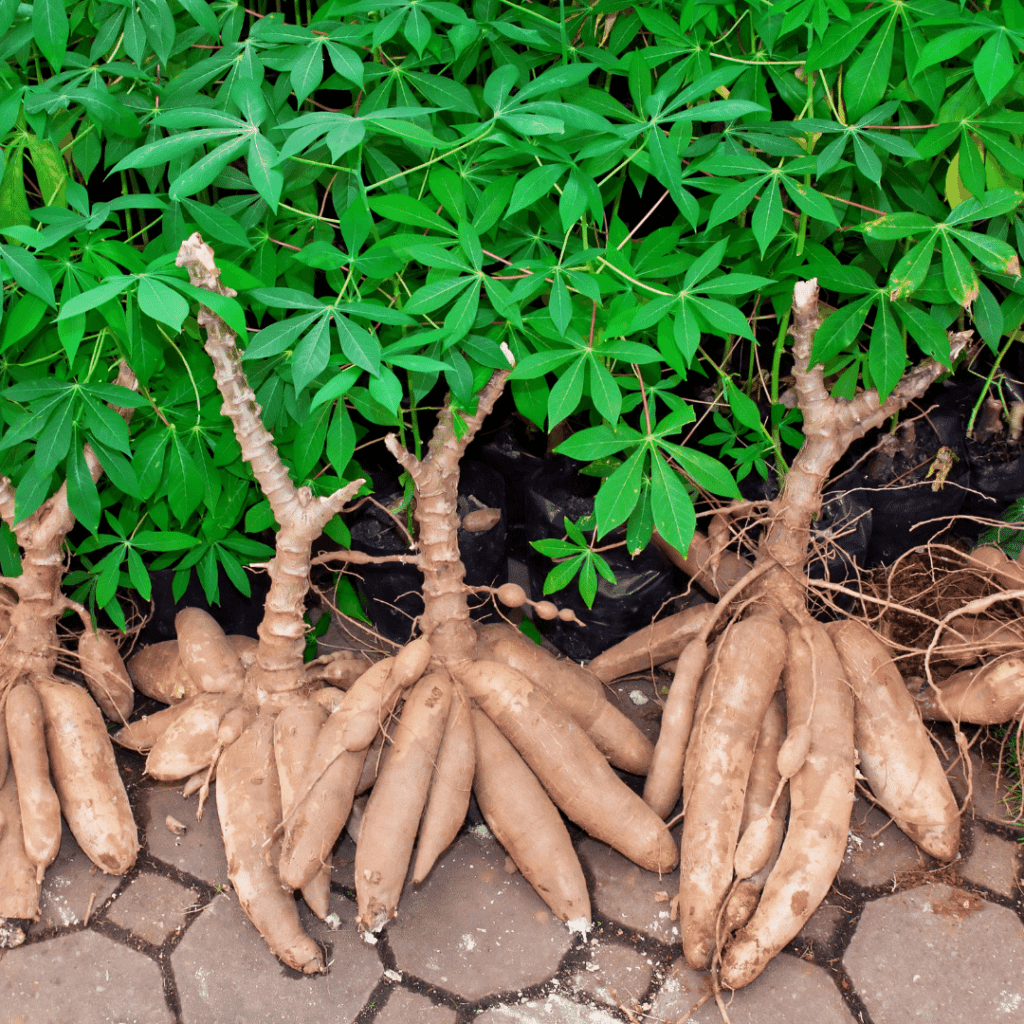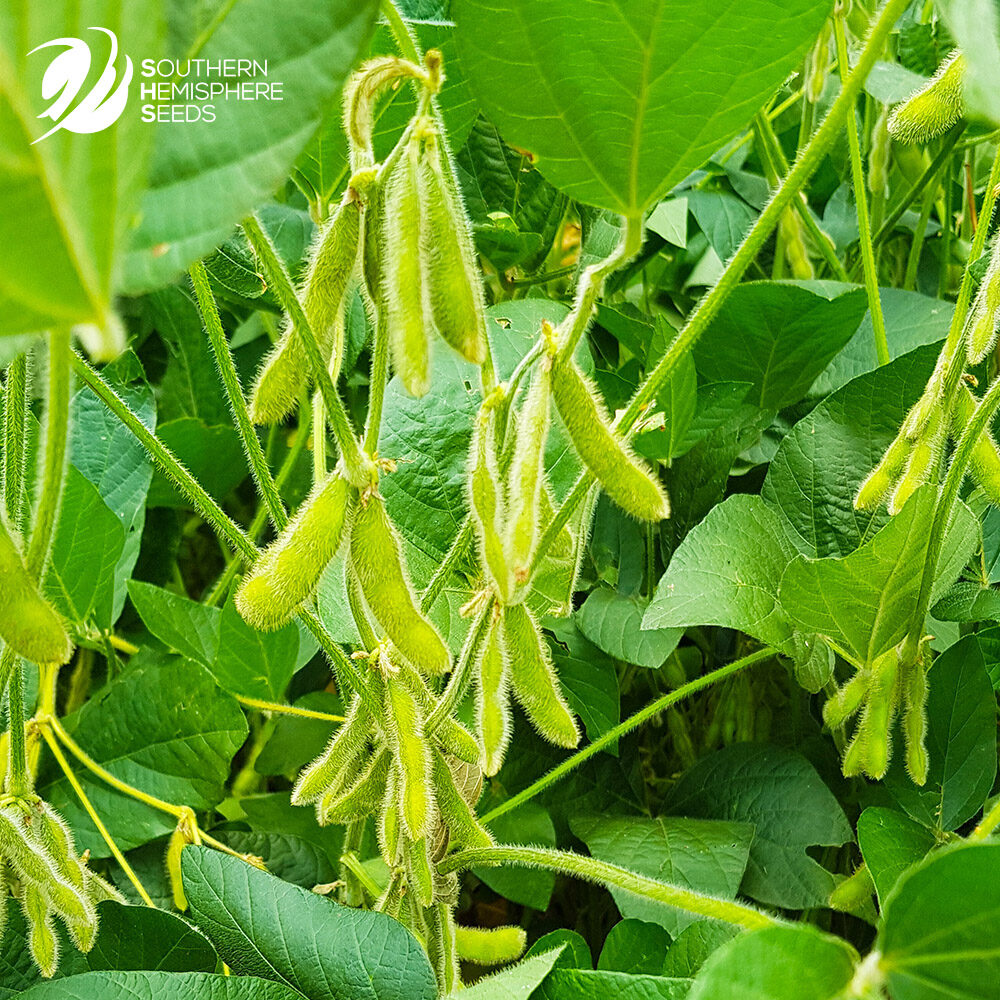Terracing is one of the oldest techniques for soil conservation. Its purpose is to protect it from erosion and help to store rainwater, creating barriers on sloping terrain.
This technique is applied to the present day, due to its positive results for the soil, protecting it and maintaining its fertility and productivity.
Thinking about the importance of this technique, we prepared this article with information on how to make terracing, what types of terraces exist and for which types of soil they are recommended, the most suitable equipment for its execution, in addition to the benefits of applying this technique. Check out!
How is terracing done?
Terracing is done by dividing an area with a slope into terraces. The terrace can be level, when made to retain and infiltrate water, or in unevenness, when the intention is the flow.
The application of the terracing technique follows some steps. The first of these is the type and texture identification from soil. Then it is necessary to find out which degree of declivity of the terrain.
The identification of degree of declivity The area in which terracing will be carried out is fundamental because it will influence the size of the terrace, the use of machines, the speed and force of the runoff, as well as infiltration and availability of water in the soil.
Paying attention to this factor is essential to maintain the effectiveness of this conservation practice.
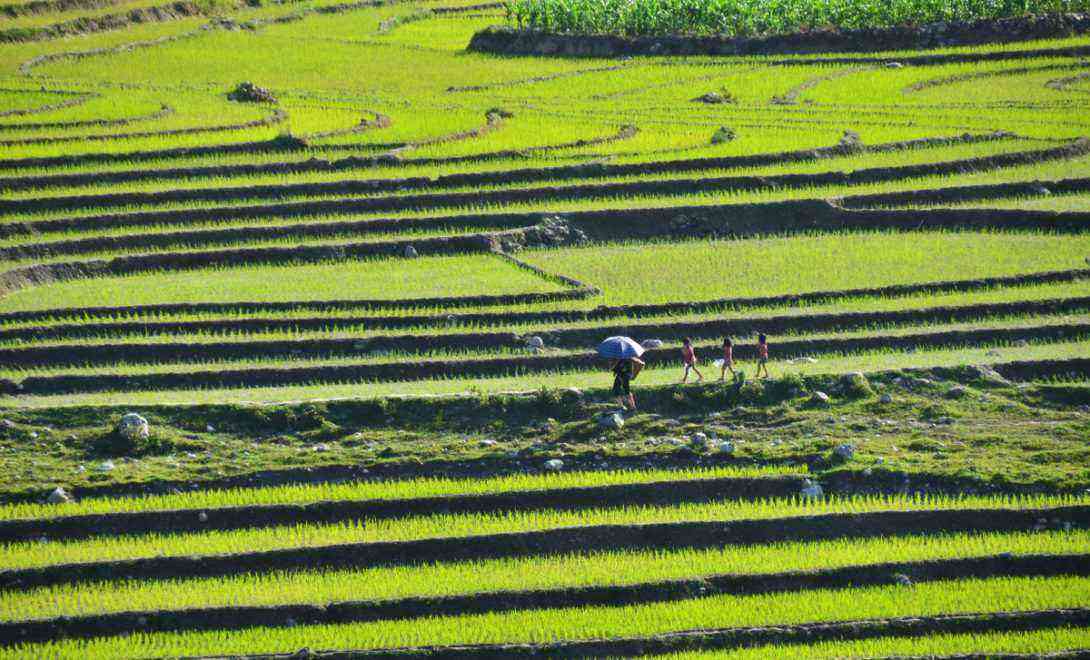 Terracing helps to reduce soil erosion caused by rainwater. It is a very used conservation system until today.
Terracing helps to reduce soil erosion caused by rainwater. It is a very used conservation system until today.
Finally, for the construction of the terrace, you need the aid of a tractor and plow. The objective is to move the earth and adjust the terrace in the most appropriate way.
Although putting the terracing technique into practice can be considered a difficult job, the results are worth all this effort.
The different types of terraces
The terraces can be divided into three types, according to their functions:
1 – storage terrace: also called level terrace, or retention, or infiltration. This model is the most constructed because it is responsible for the elaboration of channels that infiltrate rainwater into the soil.
The construction of this type of terrace is recommended for soil with good permeability, such as latosols and nitosols, in addition to more sandy soils, such as quartz sands and quartzarenic neosols.
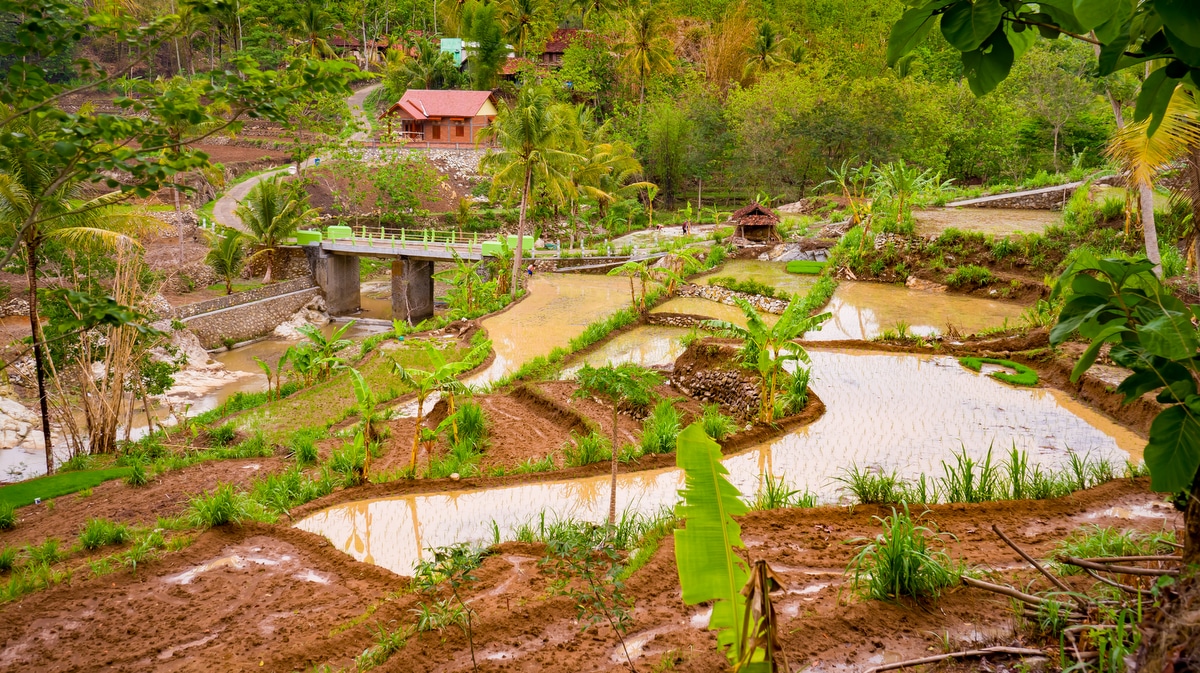
The terraces must be distributed according to the amount, duration and intensity of rainfall, in addition to considering the characteristics of the terrain and the management practices adopted.
2 – drainage terrace: also known as uneven, gradient, or runoff terrace. This model, unlike the storage terrace, serves for the water to be drained and directed to a place where it will not cause problems of erosion and soil wear.
This terracing modality is recommended for soils that have moderate or even slow permeability, as they make it difficult for rainwater to infiltrate at the necessary intensity. It serves, therefore, for soils of the classes of cambisols, argisols, previously known as podzolic and litholic neosols.
This method promotes an important reuse of rainwater. However, it requires greater care in its execution, as there is not always a safe place for the water to be drained effectively and without causing damage.
3 – mixed terrace: finally, this terrace model is built with a channel with a small slope and with a volume of accumulation of surface runoff. Once this accumulation volume is filled, it begins to function as a drainage terrace.
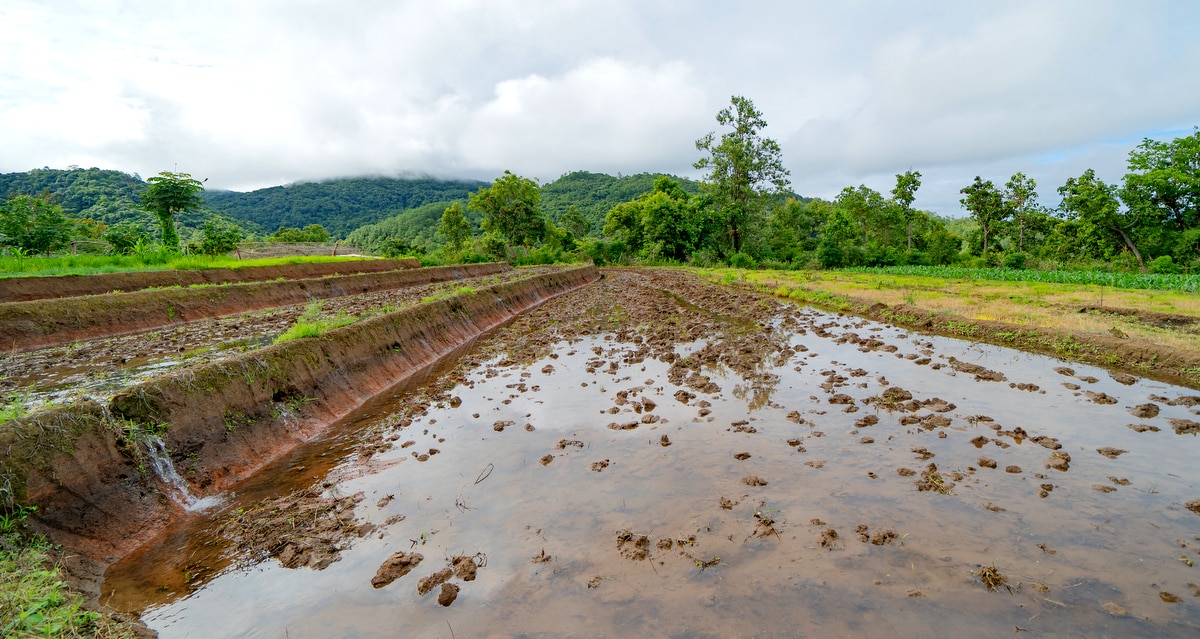
The terrace is composed of the collector channel, from which the soil mass is taken, and the ridge (or dike), which is built with the soil mass taken from the channel.
What is the best equipment to perform this technique??
The use of terracing is very common in this type of soil conservation technique. The equipment is essential for the purpose of excavating and disaggregating the earth, in addition to being responsible for finishing the construction of the terraces with the highest quality.
In addition to terraceers, the use of plows is also very common. This equipment makes deep and shallow cuts in soil movement.
It is recommended that three disc plows be used. The first responsible for the most superficial cut, up to 10 centimeters, and the third responsible for the deep cut, up to 30 centimeters.
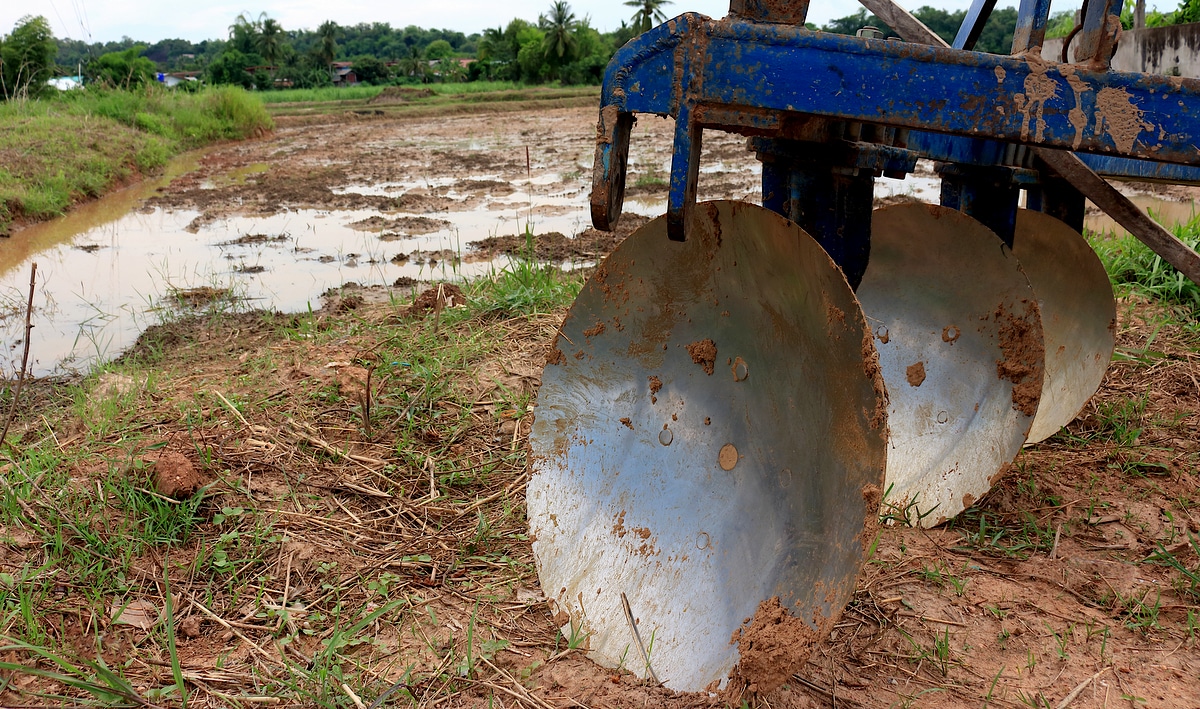
To perform terracing, one of the equipment used is the three-disc plow.
What are the benefits of terracing?
In addition to the main advantages, such as erosion control and soil fertility conservation, terracing also provides fertilizer savings.
This is because, preventing rainwater from flowing through the crop, it also prevents the dragging of fertilizer and organic matter. Thus, in soils where the method is used, the concentration of nutrients is up to six times higher than in soils where terracing is not performed.
Another important advantage is the better use of water. Depending on the type of terrace applied, rainwater is stored and can be reused or directed to other areas.
Check out the video below for an example of successful terracing:
Source: Epagri Videos.
So, was this article helpful to you? If you want to continue reading about soil conservation techniques, also access our text on contour lines. Good reading!
